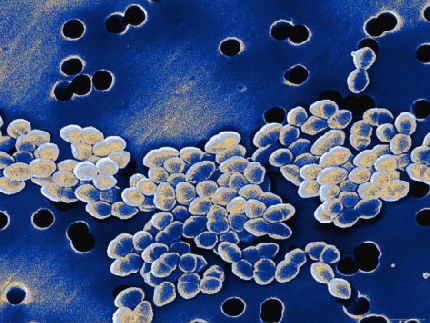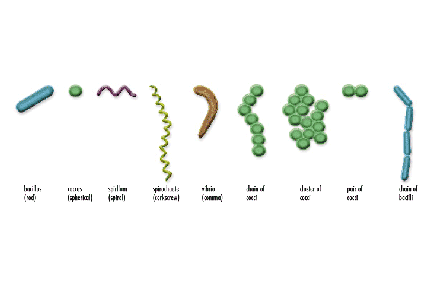
When food or liquid enters the lungs, it is called aspiration pneumonia. The most common cause may come from inhalation of acid in the stomach or vomiting or food, liquids or forward with your mouth accidentally falls into the airways and moves down into the lungs .... Gastroesophageal reflux in babies occurs when stomach contents back into the esophagus, rather than work their way through the digestive system. National Institutes of Health notes that a small number of gastro-oesophageal reflux, ... A piece of tissue called the epiglottis normally prevents food lungs by covering your trachea, or windpipe, and you are swallowing. Occasionally, you may accidentally take food into your windpipe when you eat. If you ... Your doctor's instructions for the night before surgery, serve an important purpose: they are designed to keep you safe. The reasons you can not eat after midnight the night before surgery, to keep your stomach empty - to your stomach ... According to the National Institutes of Health, Novo-Ranitidine, also known as Zantac belongs to a class of medications called H2-blockers acid. Novo-Ranitidine is used to treat disorders related to gastric acid, such as gastric ulcer, duodenal ulcer ... Pneumonia is an acute infection of the lungs. According to the World Health Organization, it is the leading cause of death of children worldwide, causing more deaths than measles, AIDS and malaria combined. Symptoms of pneumonia in. .. Anesthesia and surgery stress can cause complications that are sometimes life threatening. Patients monitored during and after surgery on the early signs of complications related to real estate or procedures. Signs of trouble ... When the airways in the lungs becomes blocked and causes such anxiety symptoms as shortness of breath, wheezing, tightness in the chest and coughing, immediate medical intervention is required. Blocking reduces lung capacity to provide ... Difficulty swallowing, health is defined as dysphagia, so it takes longer and requires more effort to move, what you eat and drink from your mouth into the stomach. Swallowing problems can occur when you eat too fast and / or chew food ... Chronic cough that occurs suddenly after eating can be caused by several factors. Although the cough may be the only minor inconvenience, any cough, especially one that gets worse over time, should be examined by a doctor ... Treatment of asthma episode in a child requires immediate action to prevent brain damage or death. Children are particularly at risk of choking because they can put things in mouth or chew food completely before swallowing .... American Heart Association reports that since 2006 more than 6 million people suffered a stroke. A stroke occurs when blood supply to the brain becomes impaired or reduced, depriving brain of oxygen. Brain cells begin to ... When food enters the lungs instead of esophagus, it affects breathing and can cause asthma and other problems. Structures of the mouth and neck have a role in breathing, speech and swallowing. Swallowing mechanism ... Part of a stroke may include difficulty swallowing enough food to maintain adequate nutrition. Assessment of dysphagia, is a stroke, measures the ability to swallow liquids and solids at different levels of coordination .... Dysphagia is defined as difficulty in swallowing. There are four phases of swallowing includes oral preparatory, oral, pharynx and esophagus. Depending on the phase of swallowing depends, your doctor may prescribe one of three ... Dysphagia status is determined difficulty in swallowing or inability to swallow. Dysphagia can be caused by a number of diseases including stroke, cancer and neurological disorders. Because the correct swallow is the most important aspect ... During surgical anesthesia, respiratory reflexes such as gag reflexes that normally prevent vomit food or gastric juice from entering the lungs suppressed. Food and juices of the stomach, blood or saliva can enter the trachea, the tube that leads to ... Pneumonia is a respiratory disease that can occur in one or both lungs. It can be infectious or inflammatory. Medical experts often classify pneumonia depending on the patient's contract it to the hospital or elsewhere. ... Enteral feeding tube may be necessary for patients who have a working digestive tract, but are unable or unwilling to ingest food by mouth. Medical conditions in which enteral nutrition may be useful include severe anorexia, liver failure, ... According to the National Institutes of Health, Prilosec is a proton pump inhibitor. Also known as, or omeprazole, Prilosec is used mainly in infants for treatment of gastroesophageal reflux disease, a condition in which backward flow of acid from ... Aspiration is a condition in which foreign substances such as food, a selection of mouth or a foreign object enters the lungs. For most people, the cough reflex does not allow to avoid it. Many of us feel it when we drink ... During the attack, the nerve cells of the brain, also called neurons, send a sudden and uncontrolled signals and brain need 200 times strattera prescription the normal amount of oxygen. There are a few complications - due to lack of oxygen in the brain ... Bronchial asthma and pneumonia and worsening pulmonary function, however, each state has its own course and reason. National Heart lung and blood suggests that asthma is a chronic lung disease that causes inflammation and narrowing ... A stroke occurs when brain blood supply cut off, depriving tissues of oxygen. Stroke is an emergency because brain cells begin to die within a few minutes to lose oxygen, according to MayoClinic. com. Embolism stroke ... Epilepsy is a neurological disorder characterized by recurrent seizure activity. Seizures can vary from short periods of altered consciousness to prolonged episodes of seizures. In most cases of epilepsy respond well to treatment. Epilepsy, ... American Academy of orthopedic surgeons (AAOS) labels the total knee replacement as one of the most significant achievements of Orthopaedic last century. This is because successful operations knee joint can relieve pain and debilitating ... Removing tonsils is surgical removal of tonsils, lymph tissue located in two throat. Tonsils protect the body against infection, but often becomes problematic, especially for children. Recurrent sore throat, ear infection or difficulty ... The ability to ingest it everyday activities that most people probably take for granted. However, swallowing and coughing, are complex and use about 50 or more pairs of muscles and nerves to complete many of the most necessary functions .... Dysphagia, or difficulty swallowing, can have devastating health consequences, including malnutrition, dehydration and aspiration pneumonia. Aspiration occurs when food or liquid passes through the vocal cords and enter the airways in the lungs. If ... .


